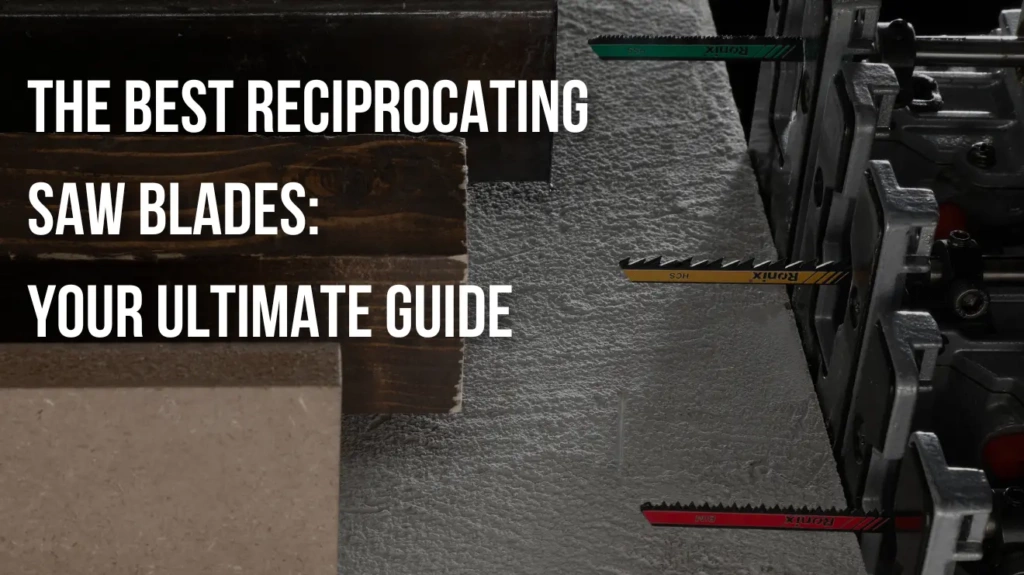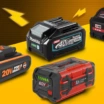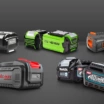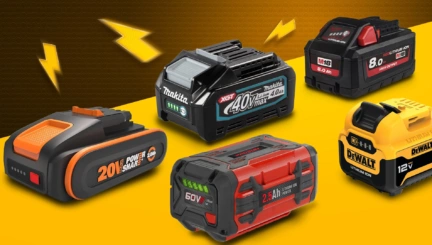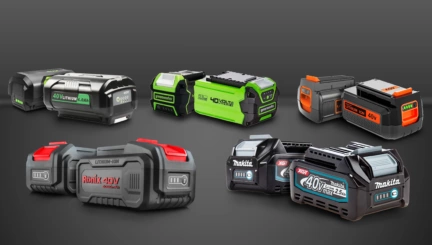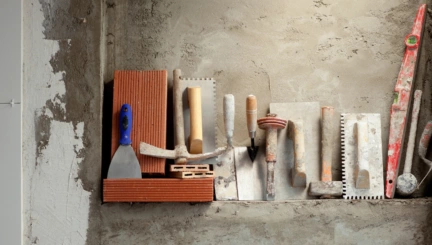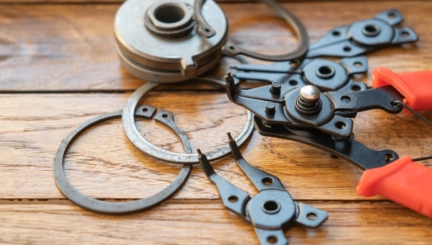- 11min
- 8353
- 0
As discussed before, reciprocating saws are one of the most useful and essential tools in the world of DIY and construction. However, the true efficacy of this tool lies not just in its motor or design but in the blade it wields. From slicing through sturdy hardwoods to effortlessly demolishing concrete structures, reciprocating saw blades are the unsung heroes behind every successful cut. In this comprehensive guide, we delve deep into the intricacies of reciprocating saw blades, exploring their types, materials, and applications. join us on a journey to uncover the secrets behind selecting, using, and maintaining the perfect blade for every cutting work.
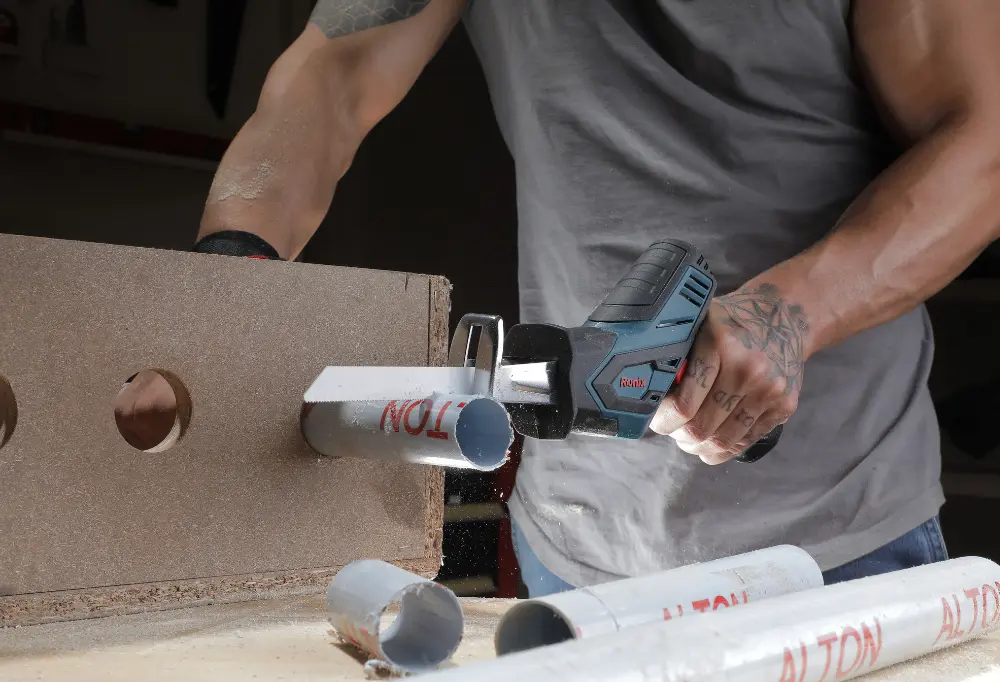
Your Guide: What to Know About Reciprocating Saw Blades
So, you’re in the market for reciprocating saw blades, but where do you begin? Fear not, fellow DIY enthusiast, because we’ve got you covered! Choosing the right reciprocating saw blade boils down to two key considerations: Performance and Safety. But what factors contribute to these? Let’s break it down for you:
1. Blade Types and Materials:

- Carbon Steel Blades: These blades are budget-friendly and great for cutting wood or softer metals. However, they tend to dull quickly and may not be as durable.
- Bi-Metal Blades: The dynamic duo of high-speed steel teeth and a flexible spring steel body makes these blades perfect for wood, metal, plastic, and demolition work.
- High-Speed Steel Blades: Known for their durability and long-lasting sharpness, these blades are ideal for cutting tougher metals like stainless steel and aluminum.
- Carbide-Tipped Blades: With carbide teeth for enhanced durability, these blades are the cream of the crop when it comes to cutting performance.

piece of wood
2. TPI (Teeth Per Inch):
- Low TPI (6 TPI): Perfect for thick and dense materials like metal and plastic. They cut fast but may leave rough edges.
- Medium TPI (8-14 TPI): Strike the balance between speed and smoothness, making them suitable for wood, metal, and plastic.
- High TPI (18-24 TPI): Ideal for cutting thin materials like sheet metal and pipes, offering smoother cuts albeit at a slower pace.
Experience Soaring Sales with Top-Notch Wholesale Reciprocating Saw
3. Blade Length, Width, and Thickness:
- Blade Length: Longer blades provide deeper cuts, while shorter blades offer better control, especially in tight spaces.
- Blade Width and Thickness: Wider and thicker blades offer greater stability and less deflection and vibration. Narrower blades are perfect for intricate cuts.
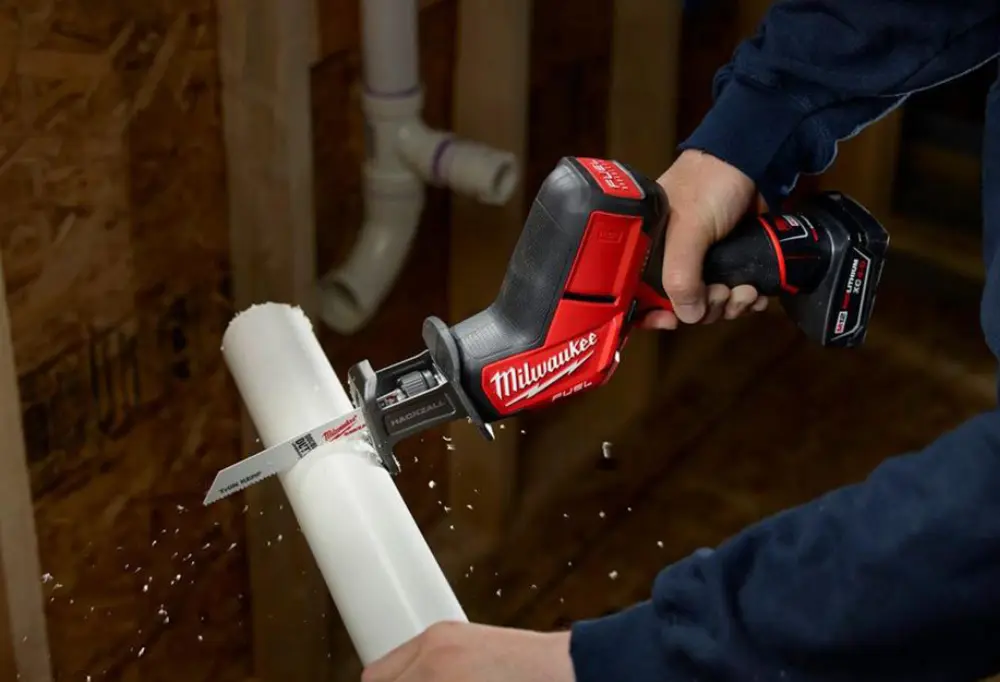
4. Quality and Brand Reputation:
- Invest in high-quality blades from reputable brands known for their durability, performance, and versatility. It’s a surefire way to ensure you’re getting the most out of your cutting endeavors.
Best Reciprocating Saw Blades for Trees: Tackling Lumbers
When it’s time to tame those tree branches and limbs, you’ll want a reciprocating saw blade that’s as tough as the job itself! There are reciprocating saw blades that are designed with features tailored specifically for cutting through trees efficiently. For example, durable materials like Carbon steel blades can handle the resilience of wood without losing their edge too quickly, and they are flexible enough to bend without breaking.
Another thing to look for are blades with an aggressive tooth design, strategically spaced to effortlessly bite into wood fibers, making your cutting tasks a breeze. The ideal TPI for cutting through trees and pruning branches is generally around 6, but a variable teeth per inch (TPI) range gives you the flexibility to adjust cutting speed based on branch thickness, while longer blades reach higher branches and wider ones tackle larger limbs.

Don’t forget an anti-corrosion coating to keep your blade in top shape through all seasons. With these features in mind, you’ll be well-equipped with the best reciprocating saw blades for pruning to trim, prune, and shape your trees with ease, ensuring they stay healthy and beautiful all year round!
Best Reciprocating Saw Blades for Wood: Woodworking Essentials
Whether it’s hardwood or softwood, you need your blade to have certain characteristics that make it ideal for this task. So, what makes the best reciprocating saw blades for wood?
Look for blades crafted from high-quality materials like bi-metal, but only if you are working with rather small pieces and not large tree logs. Their tooth design also needs to grip onto wood fibers, giving you smooth cuts without the hassle of splintering. Plus, the TPI needs to be in the range of 24 to 30, since it gives you smoother cuts and helps you with spot-on cuts in every task.
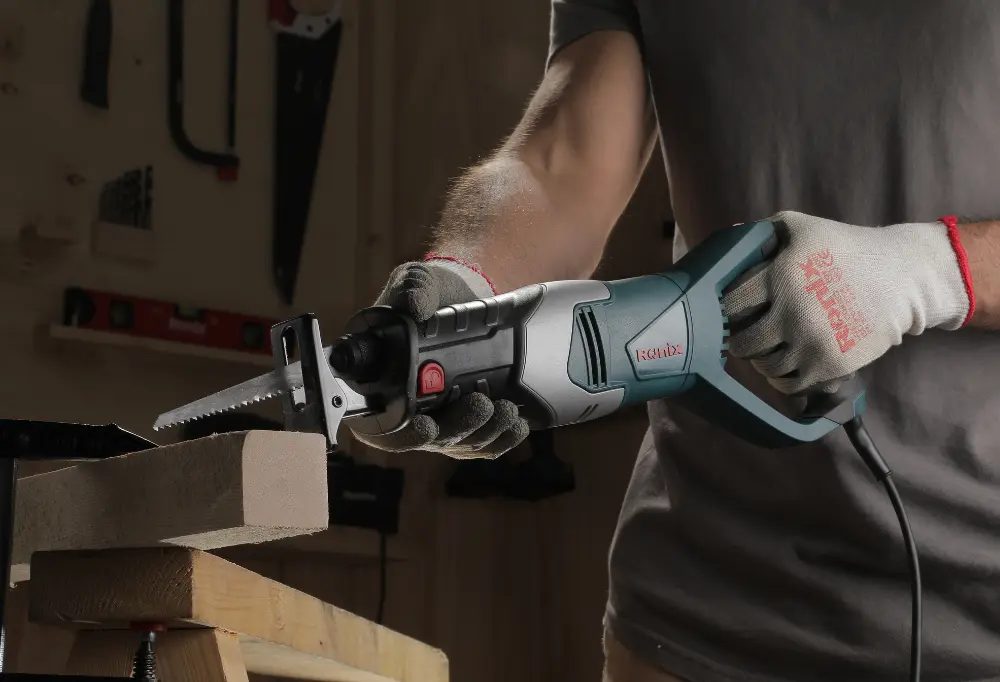
And the best part? These blades work like a charm with a wide range of reciprocating saw models, so you can focus on your craft without missing a beat. Say goodbye to rough edges and finishes. With the best reciprocating saw blades for wood, precision and perfection are just a cut away!
Best Reciprocating Saw Blades for Demolition: Demolition Made Easy
When it comes to demolition work, reciprocating saws aren’t typically the first tool that comes to mind. However, with the right blades, they can be surprisingly effective in tackling demolition tasks head-on. The best reciprocating saw blades for demolition are usually bi-metal, to have durability and resilience in the face of tough materials.
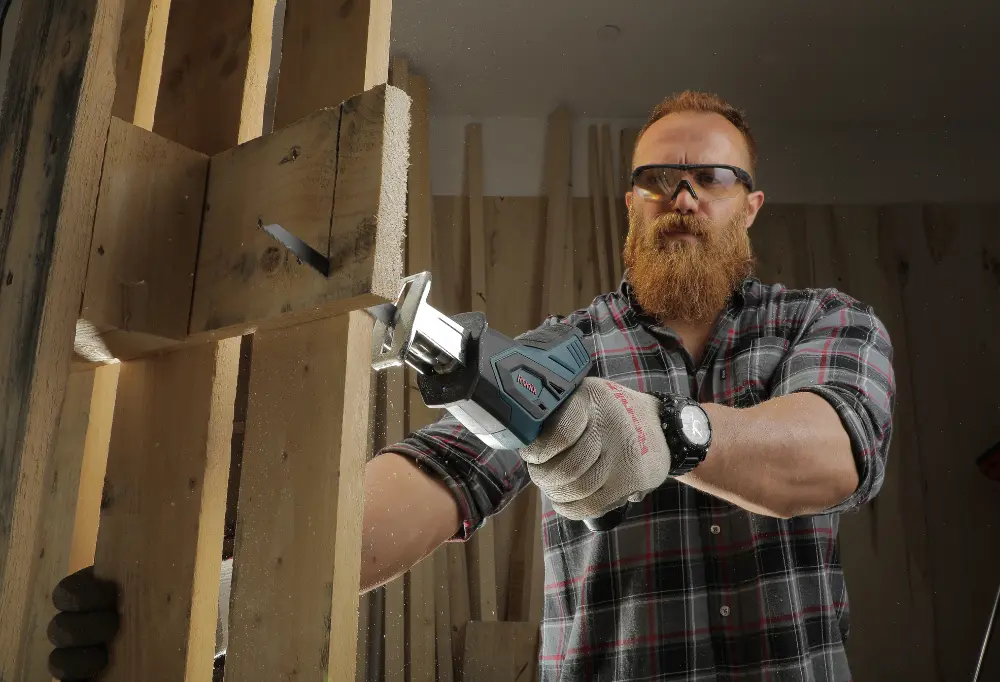
Look for blades with a lower teeth per inch (TPI) count, typically around 6 TPI, which are specifically designed to power through thick materials like wood, nails, and metal pieces you commonly come across in demolition projects. These blades feature an aggressive tooth design that bites into materials with ease, making quick work of even the toughest demolition jobs. So, while reciprocating saws may not be the conventional choice for demolition, when equipped with the right blades, they become essential allies in the teardown process, offering efficiency and versatility in equal measure.
Read More: Best Reciprocating Saws of 2024 + Buying Guide for Every Taste
Best Reciprocating Saw Blades for Cast Iron: For Tough Jobs
Alright, let’s talk about cutting through tough cast iron; it’s not exactly a walk in the park, right? That’s where carbide grit blades come in. You need your reliable reciprocating saw paired up with a metal-cutting or carbide-grit blade, ready to take on the challenge. Sure, it might not be the quickest route, but it gets the job done, and that’s what matters.
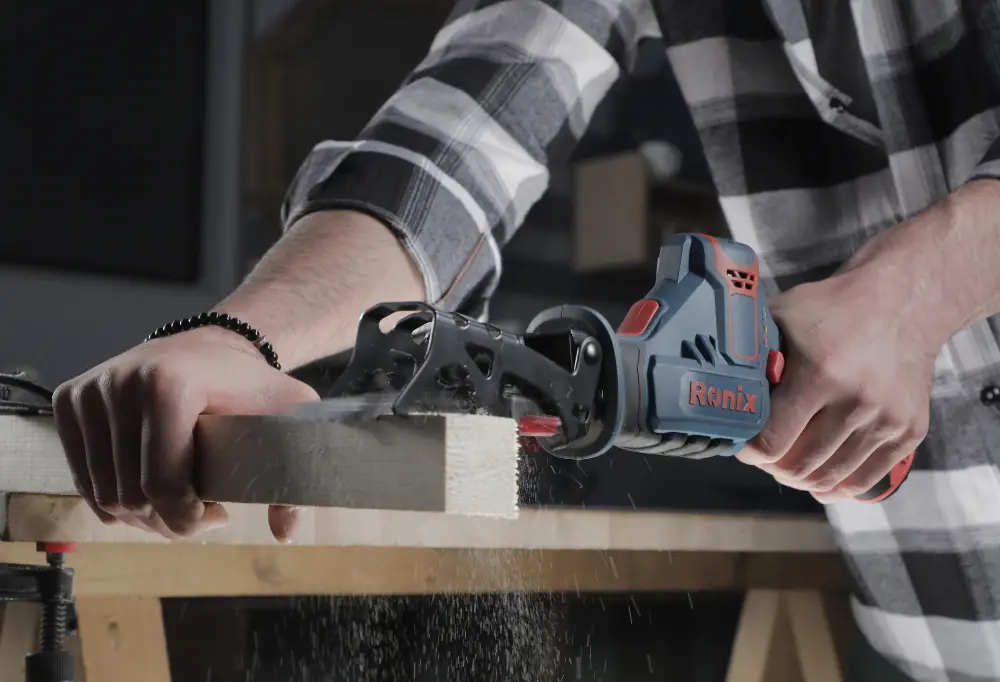
Here’s the catch though: cast iron can be a real blade destroyer, so you need something tough and durable to stand up to the challenge. That’s where durability becomes your best friend. Now, when it comes to harder materials like metal, you want a TPI count between 14 and 36 for smoother, more efficient cuts. With these specialized blades in your corner, you’ll be slicing through cast iron like a pro in no time.
Boost Your Business with Top-Notch Wholesale Reciprocating Saw Blades
Best Reciprocating Saw Blades for Concrete: Stone Cold
Concrete-cutting, where the choice of blade can truly make or break your project. When it comes to slicing through concrete with precision and finesse, diamond saw blades are your go-to. These blades represent the pinnacle of cutting technology, with their steel disc and rim embedded with industrial-grade diamonds – a testament to engineering ingenuity. The diamonds, famous for their exceptional hardness and durability, serve as the cutting agents, effortlessly slicing through concrete and other tough materials with unmatched ease.
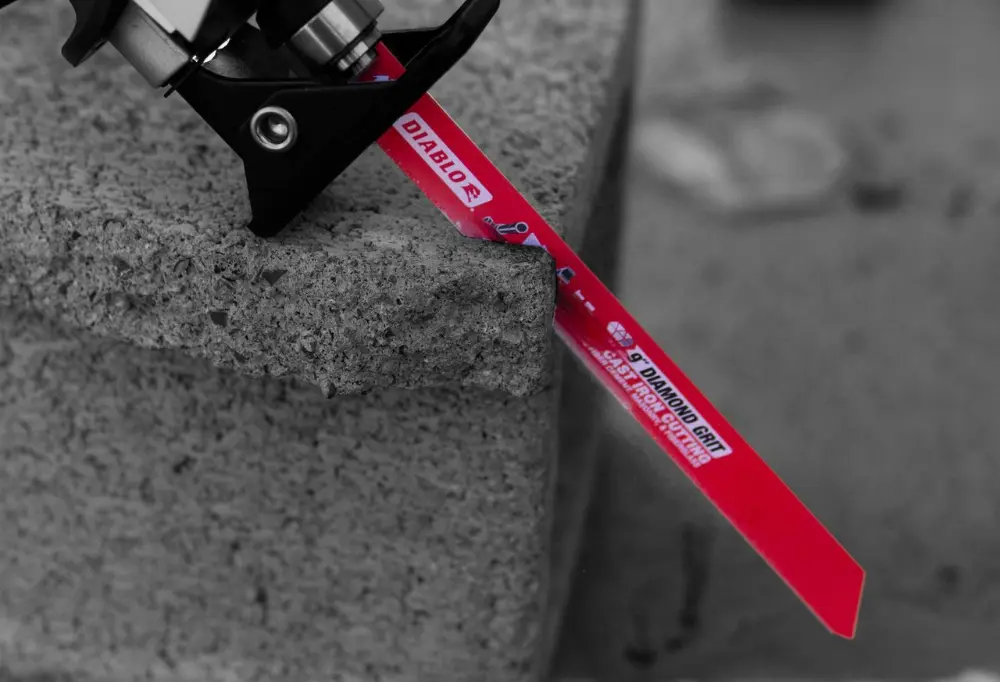
But why didn’t we explore diamond blades in the article? Well, the truth lies in their specialized nature. While diamond blades offer amazing performance in concrete cutting, they are not as commonly used as their counterparts. One of the primary reasons for their limited use is their higher cost compared to standard blades. Investing in diamond blades requires a more significant financial commitment upfront, making them a harder choice for professionals and enthusiasts seeking the highest precision and efficiency in their concrete cutting activities.
However, despite their higher price tag, diamond blades are the certain choice for those seeking to achieve deep, precise, and longer cuts in concrete. Their ability to deliver clean, smooth cuts with minimal effort makes them essential tools in industries ranging from construction and renovation to plumbing and landscaping.
Read more: The Best Cordless Reciprocating Saw
Best Reciprocating Saw Blades for PVC: PVC Precision
When it’s time to tackle PVC pipes and plastic materials, choosing the right blade can make a difference. The best reciprocating saw blades for PVC come with a 10-14 TPI (teeth per inch) configuration, offering a nice balance between cutting efficiency and precision. Unlike metal-cutting blades, there’s no need for a specialized PVC blade; these versatile blades are adept at handling PVC and plastic materials without issue.
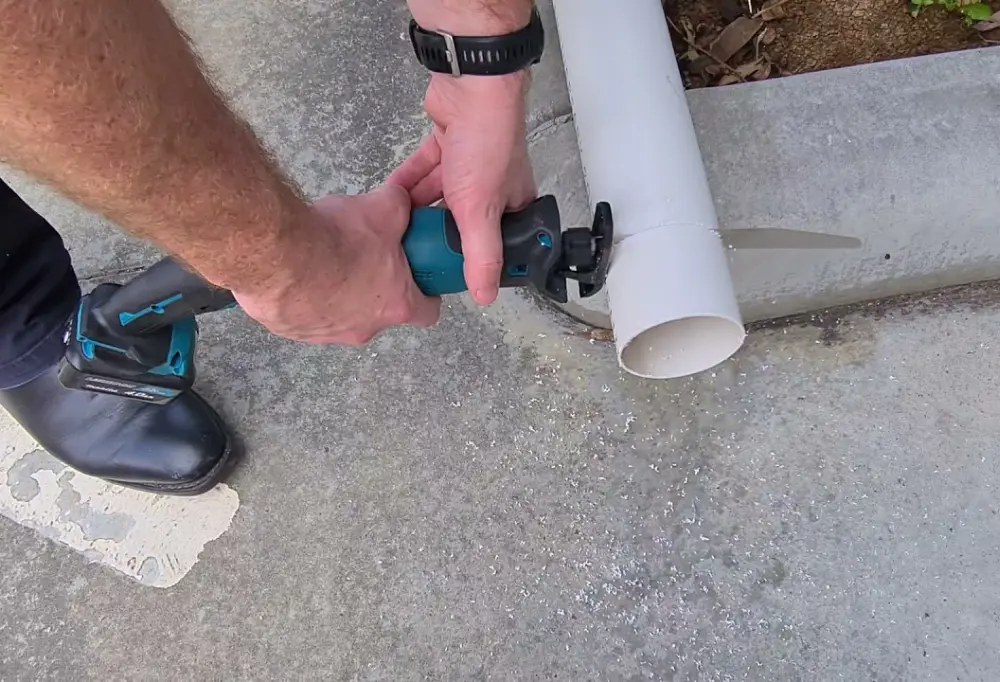
However, it’s crucial to proceed with caution during cutting to avoid melting the plastic and inhaling potentially harmful fumes. By maintaining a slower cutting pace, you can ensure cleaner cuts and minimize the risk of material distortion. With their thoughtful design and practical functionality, these blades simplify PVC cutting tasks, delivering smooth and precise results for plumbing, electrical, and DIY projects alike.
Best Reciprocating Saw Blades for Metal: Metal Mastery
The process of choosing the best reciprocating saw for metal is all about matching the blade to the specific metal and thickness you’re working with. For starters, 18-24 TPI (teeth per inch) bi-metal blades are ideal for thinner metals, offering precision cuts for materials like sheet metal or thin tubing. If you’re tackling thicker metals such as steel pipe or angle irons, opt for 14-18 TPI bi-metal blades to power through with ease.

But here’s the kicker: when it comes to aluminum, you’ll want to reach for an 8-10 TPI blade for optimal results. These blades are specially designed to handle the softer nature of aluminum while still delivering clean, accurate cuts. With their versatile configurations and specialized designs, these blades make metal cutting tasks a breeze, whether you’re a professional welder or a DIY enthusiast. Say goodbye to guesswork and hello to precision cutting with the best reciprocating saw blades for metal in your toolkit!
Best Reciprocating Saw Blades for Plaster: Plaster Pioneers
When it’s time to tackle plaster walls and ceilings, you’ll want the right tools for the job, and that includes the best reciprocating saw blades for plaster. These precision blades are crafted with a specialized 6 TPI (teeth per inch) configuration, perfect for navigating through plaster with ease. Featuring a durable bi-metal construction, these blades offer the strength and resilience needed to handle the demands of cutting through plaster without dulling or bending.

Whether you’re renovating, repairing, or constructing, these blades provide smooth and accurate cuts, minimizing mess and maximizing efficiency. With their reliable performance and user-friendly design, they’re the top choice for professionals and DIYers alike. Say goodbye to jagged edges and hello to seamless cutting with the best reciprocating saw blades for plaster in your toolkit!
Best Reciprocating Saw Blades for Foam: Foam Fury
Despite chainsaws seeming like a tempting option for cutting foam materials due to their power and efficiency, they present significant safety risks when used around foam and cloth. The high-speed rotating chains and sharp teeth of chainsaws can easily catch and tear foam and cloth, leading to unpredictable movements and potential accidents. Therefore, while chainsaws may appear to offer superior cutting capabilities, they are not safe enough for use with foam and cloth materials. Instead, choose safer alternatives such as thin-blade reciprocating saws or box cutters to minimize accidents and ensure controlled cutting. For cutting low to medium-density foams, V-Tooth blades stand out as the most popular choice due to their efficiency. While these blades are more aggressive than Knife Edge blades and may produce some dust during cutting, they remain preferred for their effectiveness. Whether you’re working on fabric, insulation, or crafting projects, using the appropriate tools and blades guarantees safe and precise cuts while reducing the risk of accidents or material damage.
Best Reciprocating Saw Blades for Brick: Brick Breakthrough
As discussed previously in the article, Diamond Grit blades stand out as specialized tools optimized for cutting abrasives, brick, block, concrete, and stone. While standard reciprocating saw blades for brick are robustly engineered to handle masonry materials effectively, Diamond Grit blades offer enhanced cutting capabilities for particularly tough and abrasive substances.
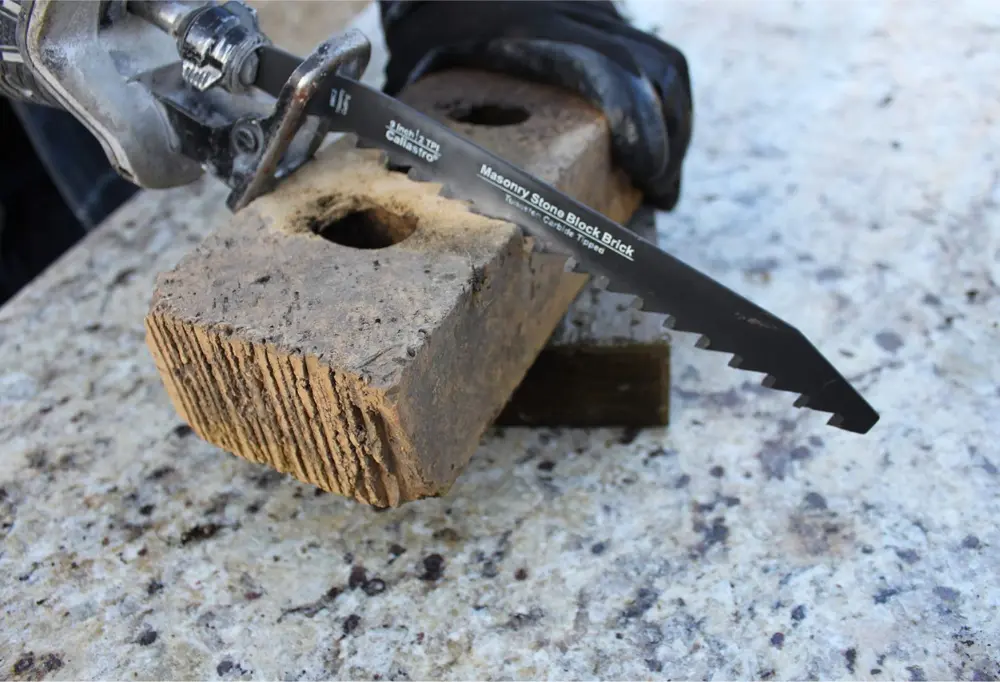
These blades feature a unique composition with diamond particles embedded along the cutting edge, providing exceptional durability and precision when tackling brick and masonry projects. Whether you opt for standard reciprocating saw blades or Diamond Grit blades depends on the specific requirements of your project and the materials being cut. With their specialized design and functionality, both options offer reliable solutions for masonry cutting tasks, ensuring clean and accurate cuts with minimal effort. Choose the blade that best suits your needs and enjoy effortless precision in your brick-cutting endeavors!
FAQs
Who Makes the Best Reciprocating Saw Blades?
Some reputable brands known for producing high-quality reciprocating saw blades include DEWALT, Bosch, Milwaukee, Diablo, Lenox, and Ronix.
Do Reciprocating Saw Blades Fit All Saws?
Reciprocating saw blades come in various sizes and configurations, so compatibility with different saws depends on factors like blade type, shank design, and saw specifications. It’s essential to ensure that the blade you choose is compatible with your specific

Arvin
4 April 2024
